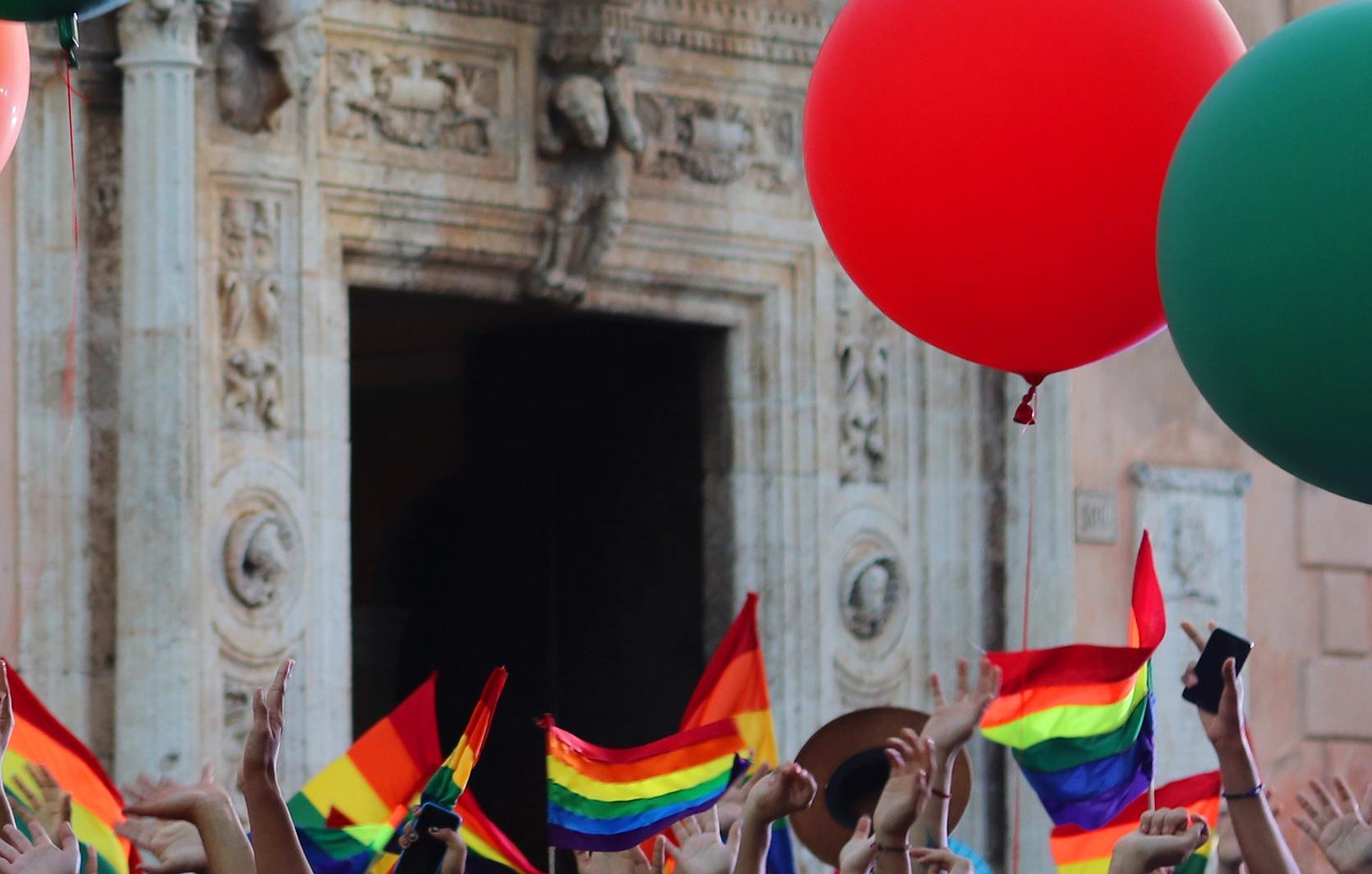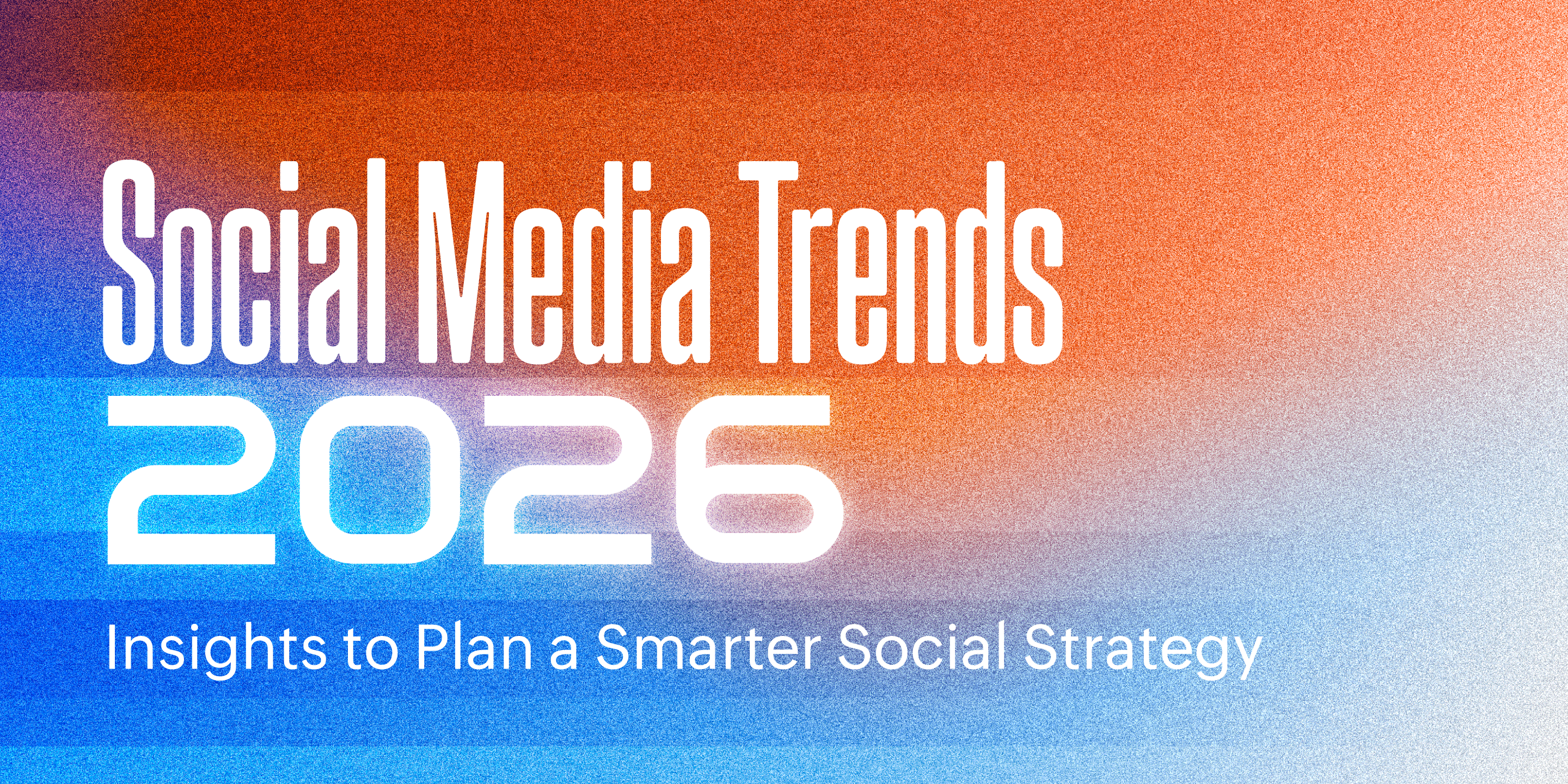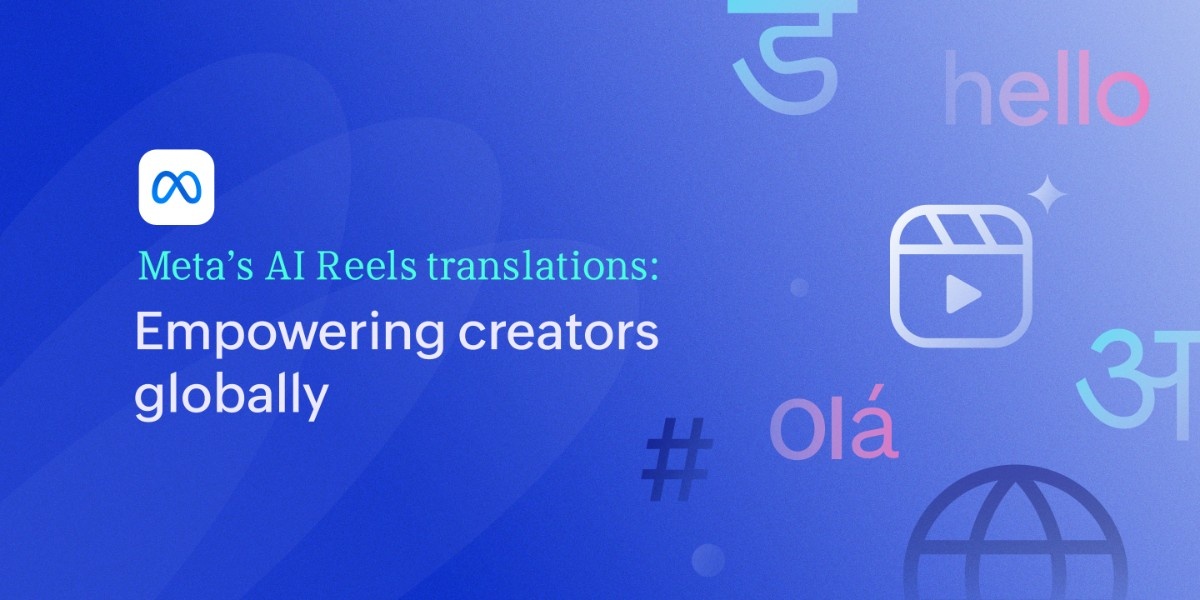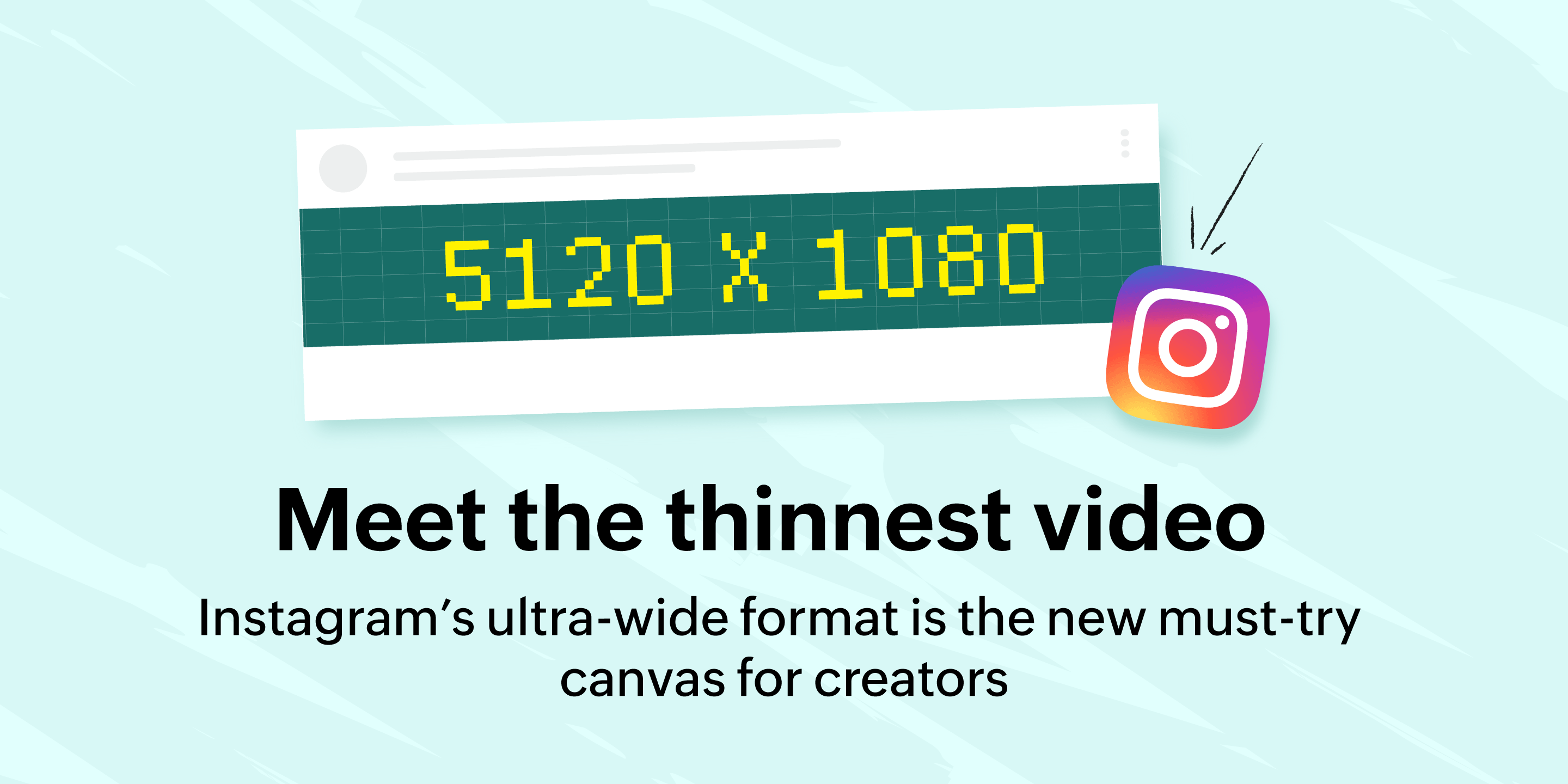#Pride and conscious branding on social media
- Last Updated : August 17, 2023
- 6.4K Views
- 5 Min Read

It was 1993, long before hashtag campaigns and internet brand wars. It was also a time when advertisements expressing political views rarely touched on LGBTQ issues. But that year, IKEA dropped a campaign that would change things forever—it was a series of television ads of which one of them featured a gay couple shopping for furniture for their house. And that was pretty much it.
However, it was quickly followed by a series of public-backlashes, op-ed columns, and even a bomb threat. But the ad wasn’t pulled down, and IKEA went on to become one of the pioneers of inclusive marketing campaigns. Today, the word “pride” is on many a company’s drawing boards, and throughout June, brands on the internet are letting the world know what they’re doing to further the cause.
From hitching the hashtag to their brand-wagon, to adding a dab of rainbow to their logos, there’s a lot of brands trying to be ‘woke’ and making their presence felt on social media. Look at how the usage of the hashtag #Pride2019 spiked in the last 2 months (April-June 2019).

A simple search for #Pride2019 on Instagram will throw up everything from rainbow-themed art, accessories, and clothes…

…to rainbow-themed makeup…

…to even rainbow-themed croissants.

Here’s Macy‘s Pride campaign content featured on their Instagram Stories. And it’s not just Macy’s—McDonald’s, US Bank, and hundreds of businesses across the board have been part of the Pride movement on social media in the last few years.
The ethics of branding using the #Pride hashtag
Although a good chunk of these businesses strive to honour the campaign by continuing to donate to LGBTQ aid and support organizations, it’s not clear if they truly understand the significance of #Pride month, or if this has just become a yearly marketing campaign that brands are eager to attach their names to.
However well-meaning this marketing might be, it’s geared toward putting the brand in a good light, and vanity points are easy to score, especially on social media. Considering how active the LGBTQ community is on social media, conscious branding can have measurable benefits for businesses—an opportunity to tap into this audience, and improve social media engagement and reach.

The rainbow flag packs a long history of identity politics and struggle—so it raises the question if it’s okay for brands to use these colors to make money, to treat this community as a target audience, and to wrap their brand identity around the cause once a year.
The answer lies somewhere in the middle.
The IKEA ad we mentioned earlier is a widely quoted one. But it’s still relevant to every marketer, because the company made a conscious choice to stick with their brand philosophy, even in a hostile situation. Not only was it the first popular ad featuring a gay couple, but it also continued to air even after a bomb threat at one of their stores.
Now cut to 2019, and everyone’s eager to slap a rainbow on their product, logo, or campaign. While this is arguably a good trend, in terms of wider representation for the community, there are several potholes along the way. The inclusiveness that the pride colors stand for is now marketing currency for brands who simply want to check off a box.
Snapchat’s pride-themed photo filter ‘Love has no filter’ was pulled down after backlash from netizens who pointed out a setting in the filter called ‘Love has no age’, which they felt was misleading, considering the app has received flak for not cracking down on pedophiles and child abusers on the network. The “trying too hard” school of marketing is a double-edged sword—it can translate into anything from clueless to harmful—and Snapchat makes a clear case for the latter.
Brands can be part of the celebration, but only if they know what they’re truly celebrating. In the past few years, there’s been more than a hint of tokenism laced with Pride campaigns as businesses want to be perceived as politically sensitive and aware.
This is excusable if the brands in question stand by the cause even outside of Pride month. Because ultimately, LGBTQ-centered initiatives need to be part of your company’s everyday policies—not just a part of your marketing strategies.
How to get your #Pride campaign right
While there’s no rulebook on how businesses can be better LGBTQ ambassadors, there are resources that can help add clarity on what kind of marketing can benefit the community, along with the brand.
According to Human Rights Campaign, centering your ads or campaigns around queer themes should be backed by other initiatives, like adopting workplace policies that are consistent with those sentiments, gathering LGBTQ perspectives in your market research, and not withdrawing your campaigns solely because there are opposers.
Here are some things you can do to fulfill your purpose of making your stand as a conscious brand, and help further the cause you support, without merely adding to the noise:
Raising awareness
Whether you’re busting myths or starting a conversation that’s not part of the mainstream LGBTQ narrative, if your campaign helps in raising awareness about something that’s not addressed, it can be invaluable to the cause. For instance, snack brand Honey Maid dropped an ad on Youtube that was not only controversial but spoke right to its audience. The ad—titled “This is wholesome“—featured a modern take on the typical American family, featuring diverse families that included members of the LGBTQ community – something that’s not widely shown on mainstream television. Despite stirring controversy on social media, the company refused to take it down and extended further support to its campaign.
Tackling anti-LGBTQ policies and sentiments
It’s not just the tech brands in LGBTQ-friendly California who get to be part of the ecosystem of “conscious brands.” There are many unsung businesses taking a stance where it’s risky or controversial to do so. For instance, Amul, a public sector food company based in India, made this post on their Facebook page, when the Indian Supreme court rolled out section 377—criminalizing homosexuality—back in 2013.

Being an old and traditional enterprise didn’t deter Amul from sharing this on social media, despite anti-LGBTQ sentiments in the country.
Raising the bar with inclusive company policies
A company that promotes LGBTQ-themed campaigns—but also walks the walk—is IBM. Not only does it have a rainbow emblazoned across its social media presence, but they also have LGBTQ-specific sections in their hiring, working, and harassment policies. Its robust anti-discrimination policy, across its countries of operation, has gotten it named one of the best LGBTQ-friendly workspaces—and IBM also includes policies for same-sex parents to take advantage of the same parental leave as their heterosexual counterparts.
And if it seems a bit of a stretch to ensure your company policies match the tone of your marketing campaign, then perhaps it’s a little early to wave that flag around, even if it’s just a GIF on your brand’s social media feed.
We also want to hear your thoughts on the subject—drop them in the comments section—let’s have a conversation
 Amruthavarshinii
AmruthavarshiniiChats & writes about anything from social media, culture, to how chai latte isn't a real thing.



